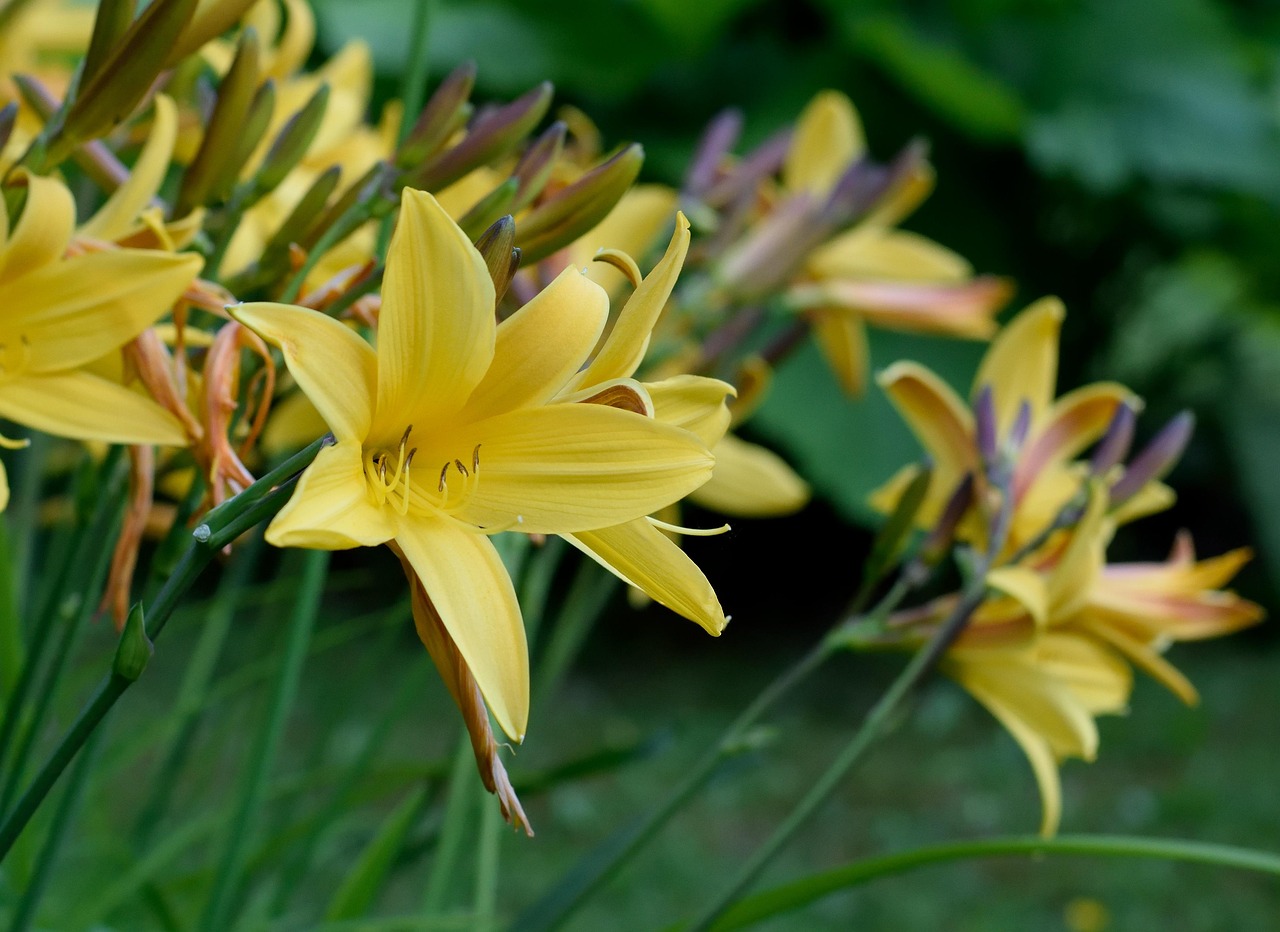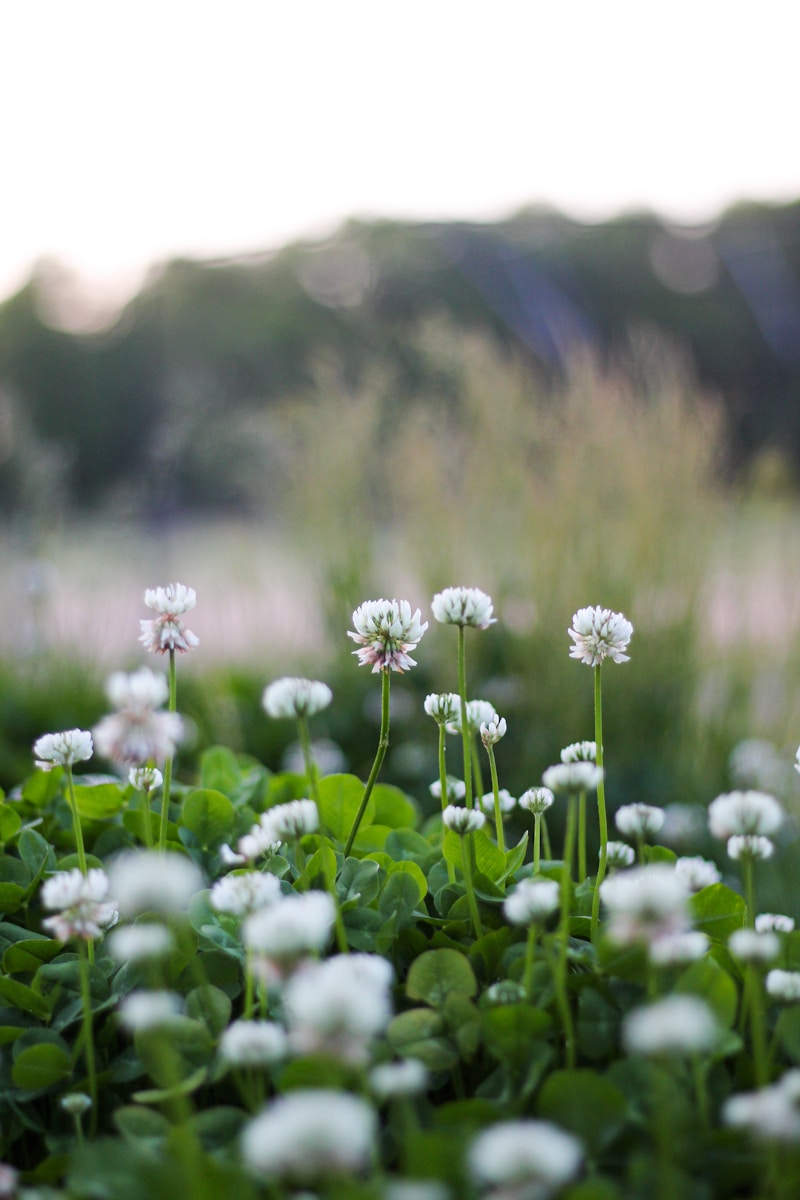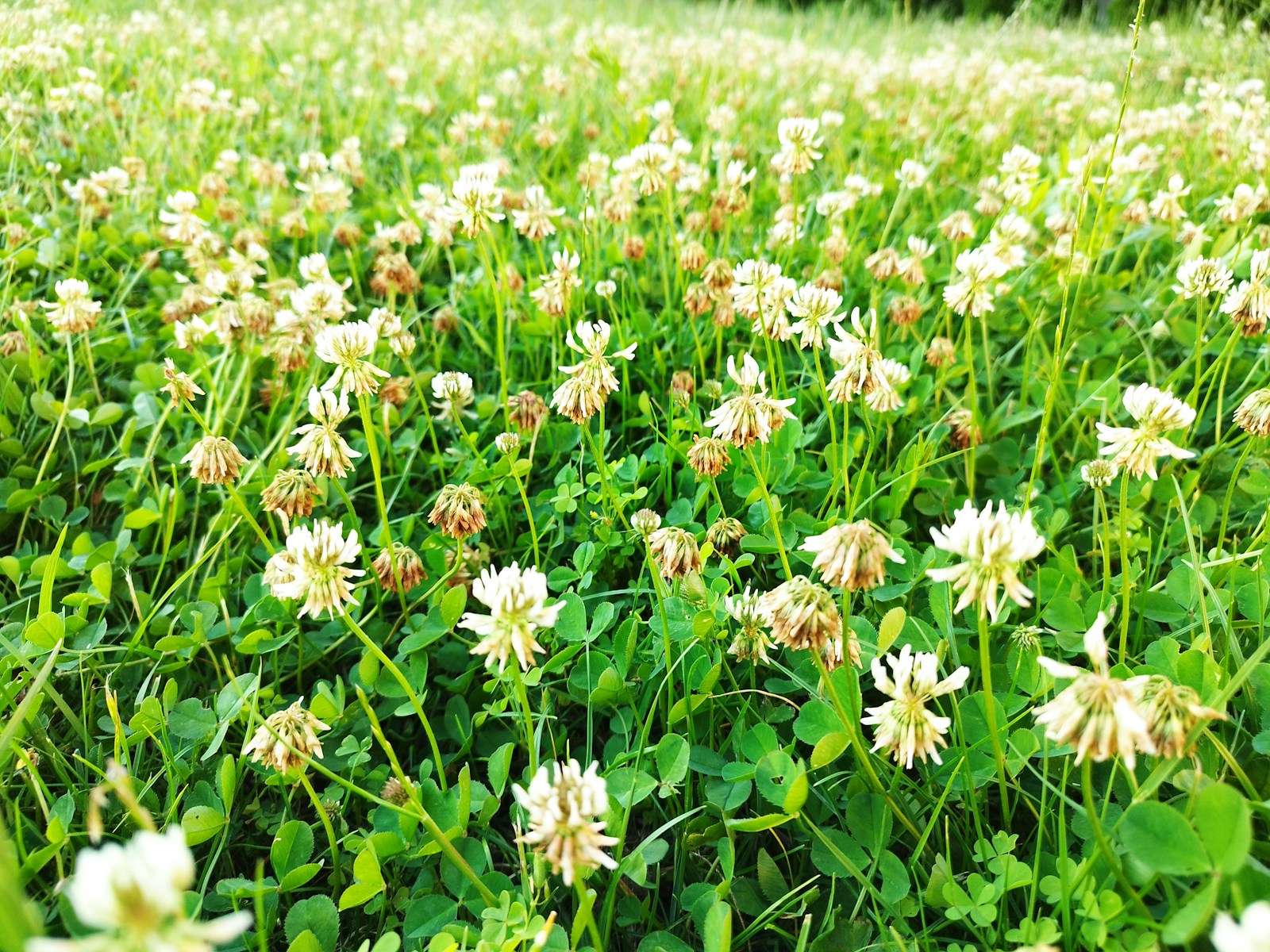Are Daylilies Used to Cover Ground?
Daylilies (Hemerocallis) are widely recognized for their vibrant blooms and low-maintenance nature, but can they be effectively used as ground cover? The short answer is yes! Daylilies are an excellent option for covering ground due to their dense growth habit, hardiness, and ability to thrive in various conditions. This article explores the benefits, drawbacks, and best practices for using daylilies as a ground cover solution.
Why Consider Daylilies as Ground Cover?
Daylilies offer numerous advantages that make them a popular choice for ground cover in home landscapes and public spaces:
- Low Maintenance: They require minimal upkeep once established.
- Drought Tolerance: Well-suited for areas with inconsistent watering.
- Erosion Control: Their fibrous roots help stabilize soil.
- Pest Resistance: Generally resistant to most common pests and diseases.
- Seasonal Interest: Vibrant blooms from early summer to fall.
How Do Daylilies Compare to Other Ground Covers?
| Feature | Daylilies | Creeping Thyme | Hostas | Pachysandra |
|---|---|---|---|---|
| Maintenance | Low | Moderate | Low | Low |
| Drought Tolerance | High | Moderate | Low | Moderate |
| Growth Speed | Moderate to Fast | Slow | Moderate | Fast |
| Sun Requirements | Full sun to partial shade | Full sun | Partial to full shade | Partial shade |
| Seasonal Appeal | Summer blooms | Year-round green | Foliage interest | Evergreen |
Best Daylily Varieties for Ground Cover
If you’re considering daylilies for ground cover, some varieties perform better than others. Popular options include:
- ‘Stella de Oro’: A reblooming variety with golden-yellow flowers.
- ‘Happy Returns’: Compact, bright yellow blooms suitable for borders.
- ‘Pardon Me’: Deep red, fragrant flowers with an extended bloom period.
- ‘Purple D’Oro’: Lavender-purple blooms, ideal for adding color contrast.
Step-by-Step Guide to Using Daylilies for Ground Cover
- Site Selection:
- Choose an area with full sun to partial shade.
- Ensure well-drained soil to prevent root rot.
- Soil Preparation:
- Loosen soil to a depth of 12 inches.
- Incorporate organic matter such as compost.
- Planting:
- Space plants 18-24 inches apart to allow spread.
- Water thoroughly after planting.
- Mulching:
- Apply a 2-inch layer of mulch to retain moisture and suppress weeds.
- Maintenance:
- Water regularly until established.
- Remove spent flowers to encourage continuous blooming.
Pros and Cons of Using Daylilies as Ground Cover
Pros:
- Effective weed suppression
- Adds seasonal color
- Tolerant of various soil types
Cons:
- Can become invasive if not managed
- Limited winter interest
- Requires occasional division to prevent overcrowding
Environmental Impact and Sustainability Considerations
Daylilies can contribute positively to the environment by reducing soil erosion and requiring minimal chemical inputs. However, gardeners should avoid planting them in naturalized areas where they might outcompete native flora.
Common Mistakes and How to Avoid Them
- Overcrowding: Space plants appropriately to avoid competition for nutrients.
- Neglecting Division: Divide clumps every 3-5 years to maintain vigor.
- Improper Watering: Ensure adequate moisture during the establishment phase.
Real-Life Case Study: A Homeowner’s Success Story
Jane, a homeowner in Minnesota, struggled with erosion on a sloped section of her yard. After planting a mix of ‘Stella de Oro’ daylilies, she observed improved soil retention and enjoyed bright blooms throughout the summer months. Her neighbors were inspired to adopt the same solution!
Frequently Asked Questions
Q: Can daylilies thrive in shaded areas?
A: While they prefer sun, many varieties can tolerate partial shade.
Q: How often should daylilies be fertilized?
A: A balanced fertilizer applied in spring usually suffices.
Q: Do daylilies attract pollinators?
A: Yes, they attract bees and butterflies, enhancing biodiversity.
Final Thoughts
Daylilies are a versatile and attractive ground cover option, offering numerous benefits such as erosion control, low maintenance, and vibrant seasonal color. Whether you’re covering slopes, borders, or large landscape areas, these hardy perennials can be an excellent choice with proper planning and care.



